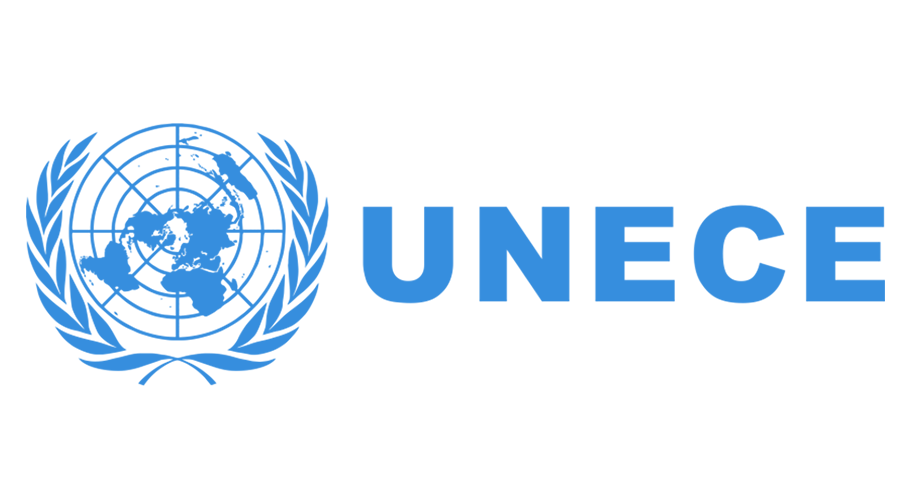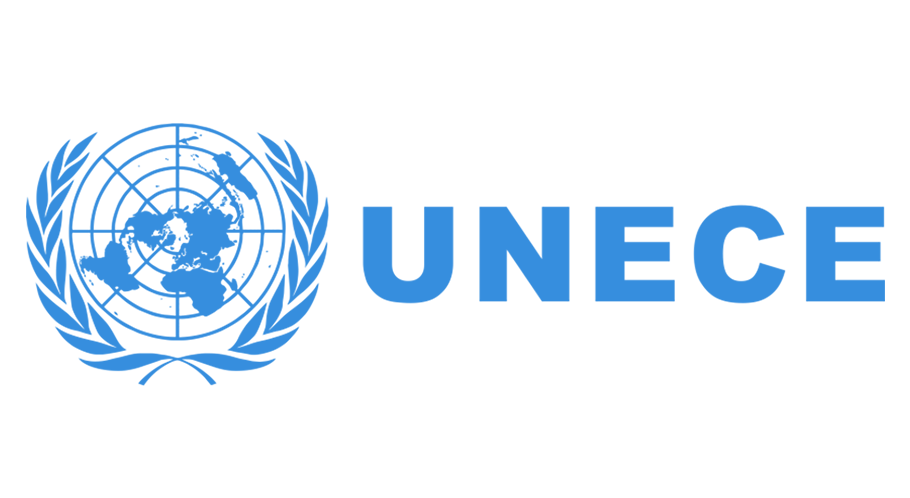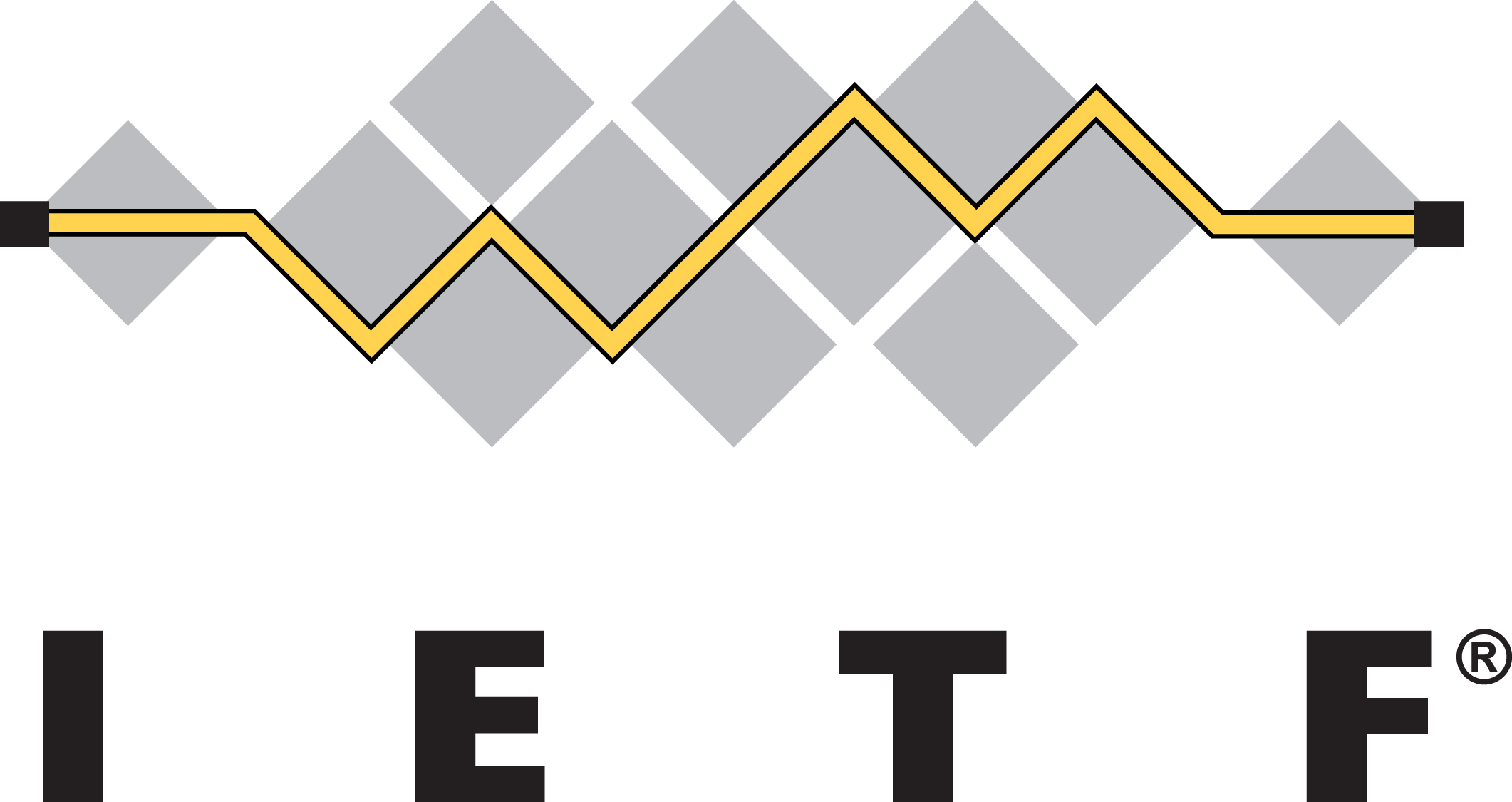The design of Test Assertions (TAs) associated with a specification or standard - referred to in this charter as target specification - has the following recognized benefits: (i) it improves the quality of this specification during its design, and (ii) it reduces the lead time necessary to create a test suite for this specification.
A test assertion (TA), also sometimes defined as test specification, is understood in this charter with the following general meaning: A TA is an independent, complete, testable statement for requirements in the specification. A TA always refers to an item under test (IUT), which is assumed to implement all or parts of the target specification, so that this IUT is concerned with the requirements addressed by the TA. This reference is either implicit or explicit if it is necessary that the TA identifies the item under test in some unambiguous manner. A TA describes the expected output or behavior for the item under test within specific operation conditions, in a way that can be measured or tested. A TA may refer to a test harness architecture, of which a description limited to the interactions between its components and the IUT may be sufficient. Test assertions are generally different from test cases, which are more detailed and contingent to a concrete test framework: TAs are the basis to write test cases, and relate the latter to the narrative of the target specification.
The general objective served by this TC is to facilitate the creation and usage of test assertions by any group involved in designing a specification or standard of which software implementations are expected to be developed, with a primary focus on OASIS technical committees. The first step in achieving this is to establish a common and reusable model, metadata, methodology and representation for TAs.











